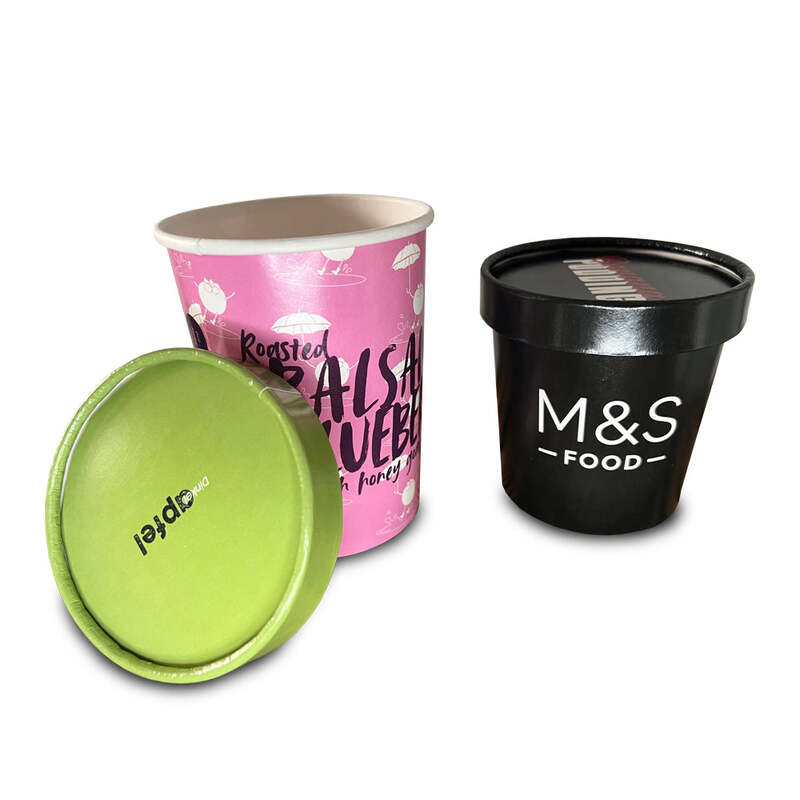The Rise of Disposable Food Packaging A Double-Edged Sword
In recent years, the prevalence of disposable food packaging has become a prominent feature of modern life. As our fast-paced society demands quick and convenient solutions, disposable packaging has emerged as a practical answer to the needs of consumers and businesses alike. However, this trend also raises significant environmental concerns that warrant serious consideration.
Disposable food packaging encompasses a wide range of materials, including plastic, paper, Styrofoam, and aluminum. Its convenience cannot be overstated; it allows us to enjoy takeout meals, convenient snacks, and on-the-go dining experiences without the fuss of traditional dishware. For restaurants and food vendors, it simplifies service by eliminating the need for dishwashing and storage of reusable containers, thus reducing overhead costs. In many cases, disposable packaging is also designed to be lightweight and portable, perfectly catering to a society that values efficiency and speed.
Despite these advantages, the environmental impact of disposable food packaging is profound. One of the most pressing issues is the contribution of single-use plastics to global pollution. According to the World Economic Forum, by 2025, there could be more plastic than fish in the oceans if current trends continue. Plastics are not biodegradable and can take hundreds of years to break down. As a result, they accumulate in landfills, waterways, and oceans, posing a threat to wildlife and ecosystems. Marine animals often mistake plastic debris for food, leading to fatal consequences.
Moreover, the production of disposable packaging materials often involves significant resource consumption and emission of greenhouse gases. For instance, the manufacturing process of plastic requires petroleum—a finite resource—and releases harmful pollutants into the atmosphere. Conversely, paper-based packaging, while seemingly more environmentally friendly, can lead to deforestation if not sourced sustainably. The impact of disposable packaging extends beyond its end-of-life; it encompasses the entire lifecycle from production to disposal.
disposable food packaging

In response to these challenges, many individuals and organizations are advocating for a shift toward more sustainable alternatives. The rise of eco-friendly food packaging, such as compostable containers made from plant-based materials or reusable packaging systems, offers hope for minimizing environmental damage. Some companies have begun to redesign their packaging processes, opting for materials that can either be recycled or composted.
Additionally, consumer behavior plays a critical role in reducing the reliance on disposable food packaging. By choosing restaurants that prioritize sustainability, bringing reusable bags and containers when dining out, and embracing zero-waste practices, individuals can make a significant impact. Education on the importance of reducing single-use items and understanding the consequences of waste is crucial in fostering responsible consumer habits.
Governments worldwide are also taking action, implementing regulations to curb the use of disposable packaging. Bans on certain single-use plastic items, incentives for sustainable packaging, and public awareness campaigns are just a few of the measures being adopted. However, policy changes often face resistance from industries accustomed to the convenience and cost-effectiveness of disposable options.
In conclusion, while disposable food packaging offers undeniable convenience in our fast-paced world, its environmental implications cannot be overlooked. The need for sustainable alternatives and responsible consumer behavior is more critical than ever. By collectively striving for solutions—be it through innovation in packaging design or making conscious purchasing decisions—we can mitigate the environmental repercussions of our packaging habits. Balancing convenience with sustainability will ultimately lead us toward a more responsible and eco-conscious future.



